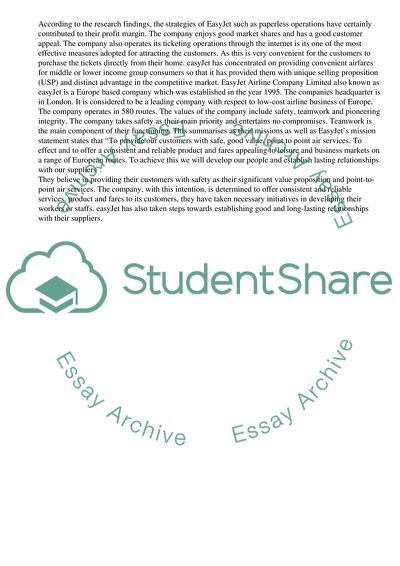Cite this document
(EasyJet Plc - Airline Strategy Assignment Example | Topics and Well Written Essays - 4750 words, n.d.)
EasyJet Plc - Airline Strategy Assignment Example | Topics and Well Written Essays - 4750 words. Retrieved from https://studentshare.org/business/1760786-easyjet-plc-airline-strategy-report
EasyJet Plc - Airline Strategy Assignment Example | Topics and Well Written Essays - 4750 words. Retrieved from https://studentshare.org/business/1760786-easyjet-plc-airline-strategy-report
(EasyJet Plc - Airline Strategy Assignment Example | Topics and Well Written Essays - 4750 Words)
EasyJet Plc - Airline Strategy Assignment Example | Topics and Well Written Essays - 4750 Words. https://studentshare.org/business/1760786-easyjet-plc-airline-strategy-report.
EasyJet Plc - Airline Strategy Assignment Example | Topics and Well Written Essays - 4750 Words. https://studentshare.org/business/1760786-easyjet-plc-airline-strategy-report.
“EasyJet Plc - Airline Strategy Assignment Example | Topics and Well Written Essays - 4750 Words”, n.d. https://studentshare.org/business/1760786-easyjet-plc-airline-strategy-report.


